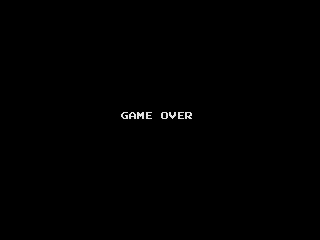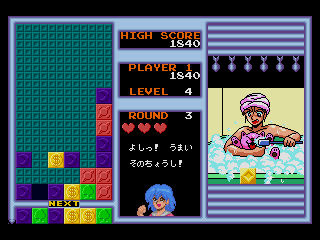
... Oh! Oh. Maybe the scantily-clad girls were a part of it. And the bunny girl on the cover.
Before we get to that though, we actually have an unreleased game to talk about!

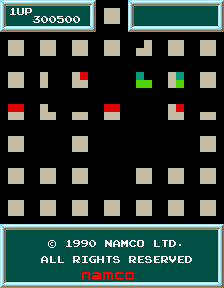
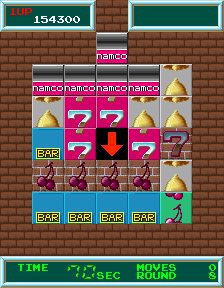







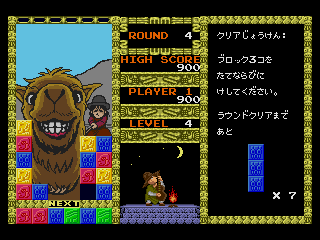

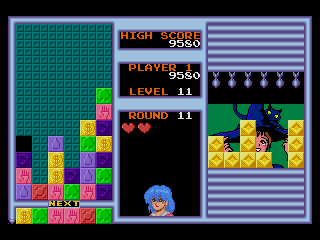
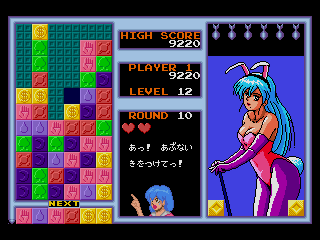

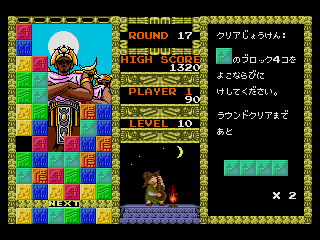
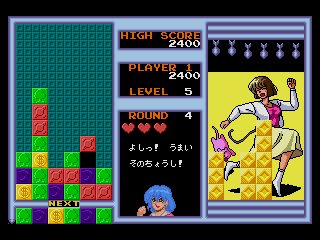

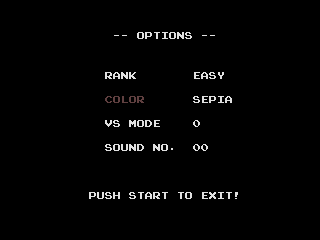
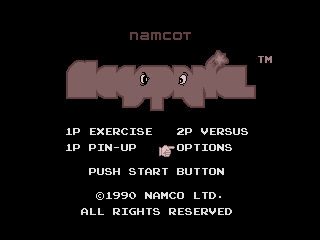

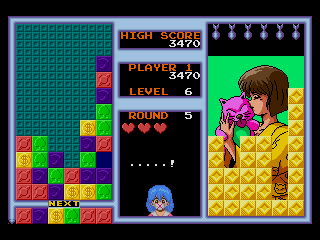
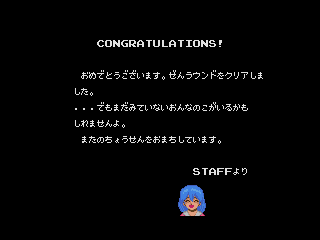
|
Mia Takai (always appears in Rounds 1-5) |
| |
|
Yumiko Hoshino (randomly selected for Rounds 6-10) |
| |
|
Keiko Yamashina (randomly selected for Rounds 6-10) |
| |
|
Combat Doll Milia (randomly selected for Rounds 11-15) |
| |
|
Anna Regina (randomly selected for Rounds 11-15) |
| |
|
Yukie Kawano (randomly selected for Rounds 16-20) |
| |
|
Akiko Tanaka (randomly selected for Rounds 16-20) |
| |
|
Finny Frorin (randomly selected for Rounds 21-25) |
| |
|
Hiromi Matsuda (randomly selected for Rounds 21-25) |
| |
|
Jane Brown (always appears in Rounds 26-30) |
| |

